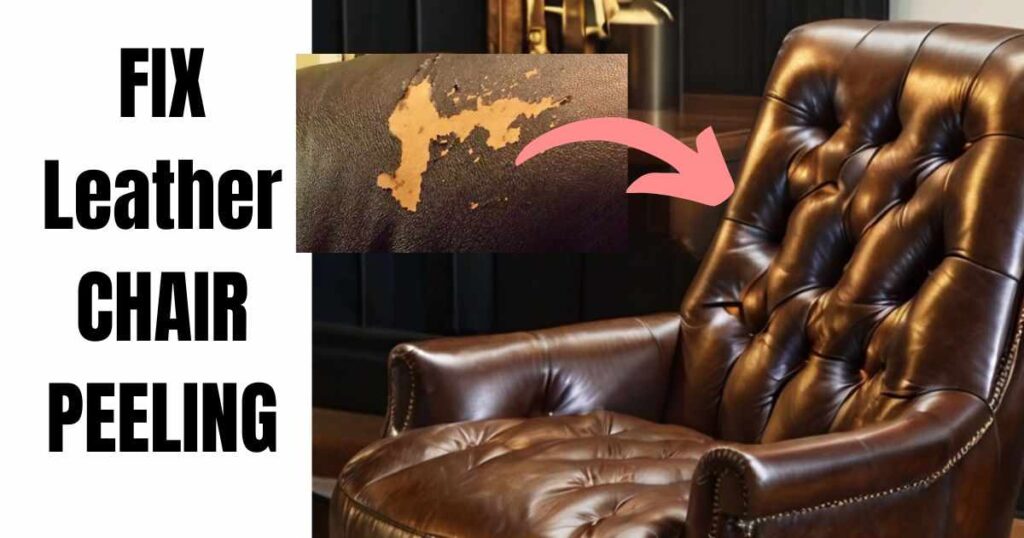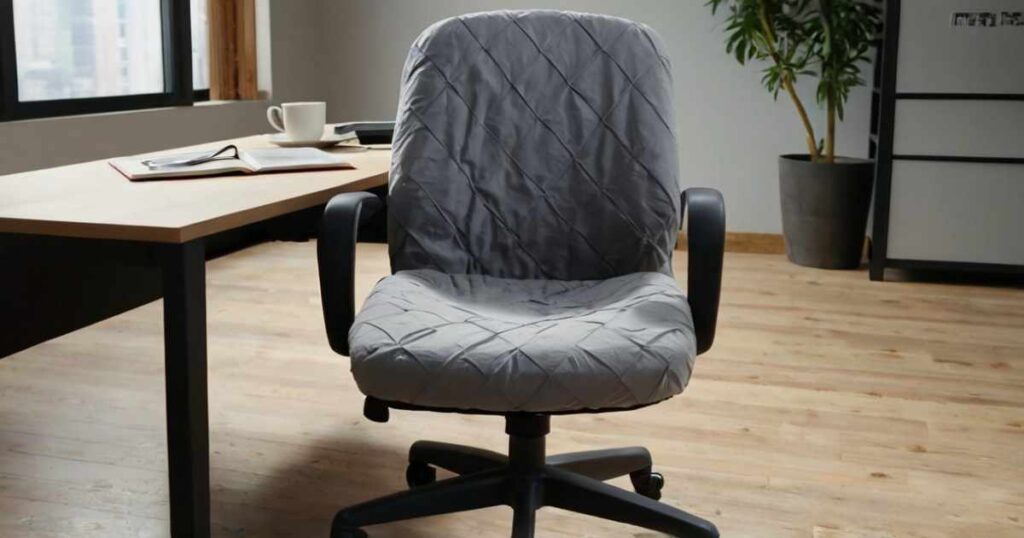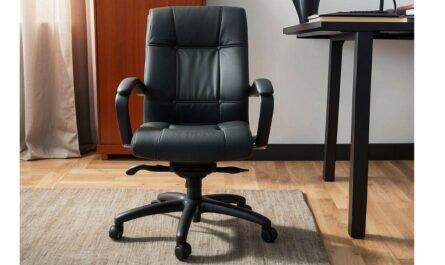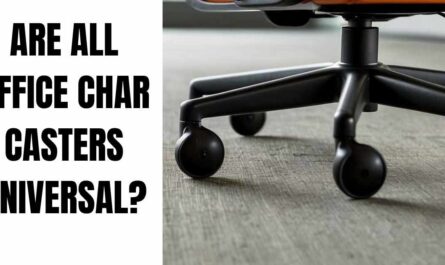Office chairs play a crucial role in our daily work environments and nowadays the leather chair type is prevalent because of its comfort. But now you are facing an issue called leather peeling.

This is a common problem and indicates a sign that it may not be real leather. Genuine leather typically ages gracefully, developing a unique patina over time, and generally does not peel in the way synthetic materials do.
So, why is your leather chair peeling, and how can we fix it? First and foremost is the use of poor-quality materials. Chairs made from bonded or faux leather and frequently used in particular areas like arms, seats, and backrests can cause the synthetic surface to degrade.
So, In this article, we will guide you through 3 practical DIY solutions to deal with this peeling and extensive damage and help restore your chair’s appearance, whether you have a dining chair, vinyl chair, or any type of seat that is made of leather.
What are Bonded and Faux Leather, and How are These Made?
Bonded and faux leather are popular alternatives to genuine leather, often used in office chairs due to their affordability and resemblance to real leather.
Bonded leather is made from leftover leather scraps that are shredded and bonded together with adhesives, then coated with a synthetic layer that mimics the appearance of leather.
On the other hand, Faux leather is entirely synthetic, typically made from materials like polyurethane or polyvinyl chloride.
So the major difference between genuine and fake leather lies in their durability and aging process. That’s why leathers like bonded and faux tend to degrade more quickly. Let’s explore the solutions!
What are the 3 Best Solutions to Fix Peeling Your Office Chairs?
1. Peel, Repair and Recolor
First, you need to address the peeling on your office chair and start by carefully removing any loose or damaged pieces if there are any. Now take a vinyl or leather repair compound, apply it to the exposed area, and make sure all the gaps are filled.
Allow the compound to dry completely according to the instructions provided with the repair kit (maximum drying time is typically around 24 hours). Once the compound is fully set, you can proceed to recolor the repaired area and use the colorant included in the kit, so the repaired area will match the original shade of your chair.
Stain the Fabric (Alternative of Recoloring)
Staining your chair’s fabric is a straightforward alternative way you don’t want to recolor it or if the damage is extensive. Once the repair compound has dried and set, you can opt to stain the fabric instead of recoloring it.
Simply you need to choose a stain that complements the existing material and apply it evenly with a cloth or sponge, and ensure that all affected areas are thoroughly covered. Wait an hour or 2, so the leather dries completely for a consistent and refreshed appearance.
2. Use Leather Paint
The second and easiest DIY method is using leather paint. This paint is designed to adhere to leather surfaces, covering up peeling and restoring the chair’s appearance. Here are the steps to follow:
- Clean and Prepare the Area by removing any dirt and debris.
- Choose leather paint that matches your chair’s color, you can purchase it from any online store. Apply it in thin, even layers using a brush or a sponge applicator.
- Allow it to dry completely for an hour.
3. Cover the Leather

If the peeling on your office chair is in more than one area and maybe that’s why you can’t utilize the above 2 methods, then covering can be the best choice for you, and will be a permanent solution to the peeling problem. Here is How to do it:
- Choose a Suitable Cover: Select a fabric or leather cover that fits your chair. This could be a slipcover or a decorative throw, or you can make it through any old fabric.
- Cutting and Mapping(for Fabric): Here you need to Measure the dimensions of your chair and cut the fabric accordingly, if you are going to use fabric. Lay the fabric over the chair, making sure it covers all damaged areas. Use chalk or a fabric marker to outline where the fabric needs to be cut and adjusted. And make sure to leave extra for each side for overall covering.
- Attach the Fabric: Secure the fabric in place by tucking it into the crevices of the chair and using fabric adhesive or staples if necessary.
Read the article for More Covering methods
These are the methods you can use to address peeling on your office chair, but what if the damage is too extensive or the chair is beyond repair? In such cases, it might be time to consider investing in a new chair.
How to Choose the Real Leather Office Chair: Tips While Purchasing
Again If you need to purchase a leather office chair, then you must know how to check what is Real leather and what is not. so you won’t need to face these issues again.

- Examine the Leather Type: Ensure the chair is made from genuine leather, such as full-grain or top-grain, known for its durability and natural feel.
- Inspect the Grain and Texture: Real leather will have an inconsistent grain pattern with natural imperfections, so check by hand and it should be soft and supple, not overly uniform or synthetic.
- Smell the Leather: Genuine leather has a distinct, natural smell. If the chair emits a strong chemical or plastic odor, it might not be authentic.
- Test the Comfort: Sit on the chair to assess its comfort and support. Real Leather provides proper support to the human body.
- Verify the Source: Purchase from reputable brands or sellers that have a good track record for genuine products.
Additional Tips: Once you have successfully repaired your chair with any method. Now the question is how to prevent peeling in the future. You just need to follow simple routines like maintaining your chair’s condition and avoiding exposing it to direct sunlight. Regularly clean and condition the leather to keep it supple and moisturized.
Conclusion
In conclusion, peeling on your office chair is a common problem, and also has lots of solutions to repair it. We have written 3 DIYs with a practical solution, whether you have chosen peeling, repairing, recoloring, staining, or covering, that provide practical options based on the severity of the damage and your personal preference.



